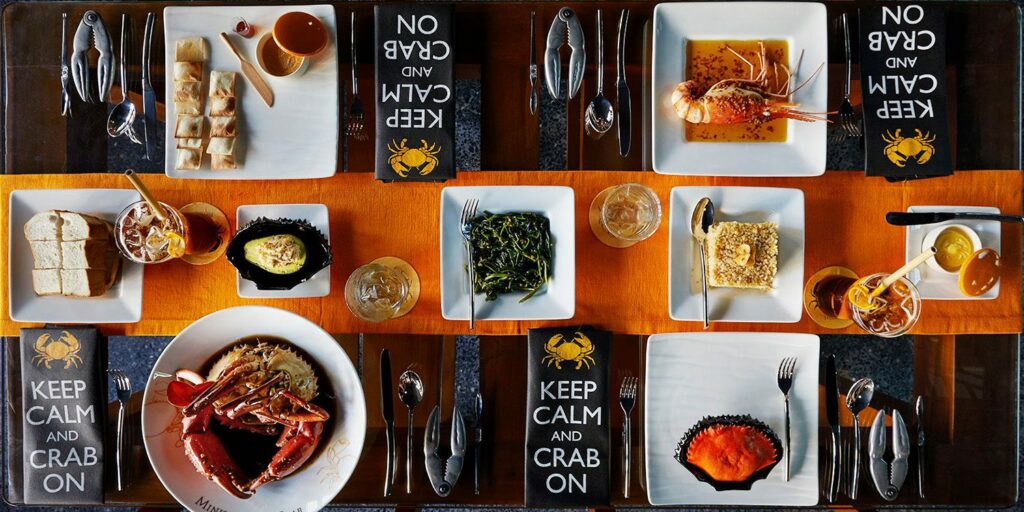Bangkok is about to enter another month of emergency decree, as the Government announced a further extension throughout June. During this time, a smattering of restaurants have awakened from a forced slumber but many others simply refuse to open under futile circumstances. At present it remains required that restaurants must practise social distancing seating at a minimum of one metre apart with partitions appropriately placed between diners and that no alcohol is to be served for dine-in guests.
Besides these COVID-19 imposed regulations that are crippling the dining industry, the restrictions on travel into Thailand in the short and long term could see hundreds if not thousands of businesses go bust or shutter permanently.
Jens Thraenhart, Executive Director, Mekong Tourism Coordinating Office & Founder of Chameleon Strategies. Vice Chair, UNWTO Affiliate Members whose business is to understand the nuances and movement of travel and tourism, stated, “I believe that, due to government policies and consumer confidence, the recovery of travel will first start locally, close to home, then expand domestically, then regionally, and then internationally, with mid-haul before long-haul.”
Those directly hit in the tourism sector have been travel and tour agencies. Herman Hoven, CEO of Khiri Travel, a ground handler agency for overseas tour operators that creates bespoke tailor-made itineraries, noticed anomalies in the COVID-19 crisis travel trend, observing that, “When the numbers in Asia were going down, the numbers in our main source markets of Europe and the US were still going up, so we realised that domestic and regional markets would be the first ones to flourish again.”
This basically meant that local restaurants that previously relied on Thailand’s powerful magnetism for the tourist dollar had awoken to an old “new normal” world where short-term foreign visitors have become a novelty.
Chef Andy Yang of Table 38 Restaurant, an innovative Michelin Star-rated Chef’s Table restaurant which uses sound speed and steel precision in Thai food is typically accustomed to a 90% international, 10% local dining ratio. He commented that, “Basically, we’ve seen 90 percent income loss. Or to put it in easy words: we are not getting enough income. Ten percent local business doesn’t even cover our payroll. We have been forced to shut our door to patrons. Instead, we turned half of Table 38 into a full-time research and development lab and the other half into a restaurant delivery module.”
Meanwhile, K.Tanaporn Markawat (Can), owner of Crab and Claw, Kinkao, Carne and the aptly named “The Local by Oam Thong Thai Cuisine”, a Bangkok institution which focuses its client base on Thai locals and whose clientele ratio is opposite to Table 38’s, had something similarly sobering to say on the topic, commenting that, “Largely due to government border policies and international awareness around travelling, businesses that mainly target foreign customers will experience more difficulties in comparison to the ones targeting locals. But that doesn’t mean that local restaurants have entirely escaped the evil clutches of COVID-19. He continued, “Just like any service industry business, restaurants are greatly affected by COVID-19: ours is no exception.”
Moreover, what can’t come in must remain out. Many restaurants not only rely on foreign visitors but foreign produce to substantiate their international menus. Chandini Gulrajani, managing director of Bangkok’s first Ministry of Crab Bangkok, the uber famous seafood restaurant chain dotted throughout the globe, can no longer rely on procuring the enormous species of Sri-Lankan crab which made the brand so famous. So she was forced to come up with a solution by looking toward domestic resources.
